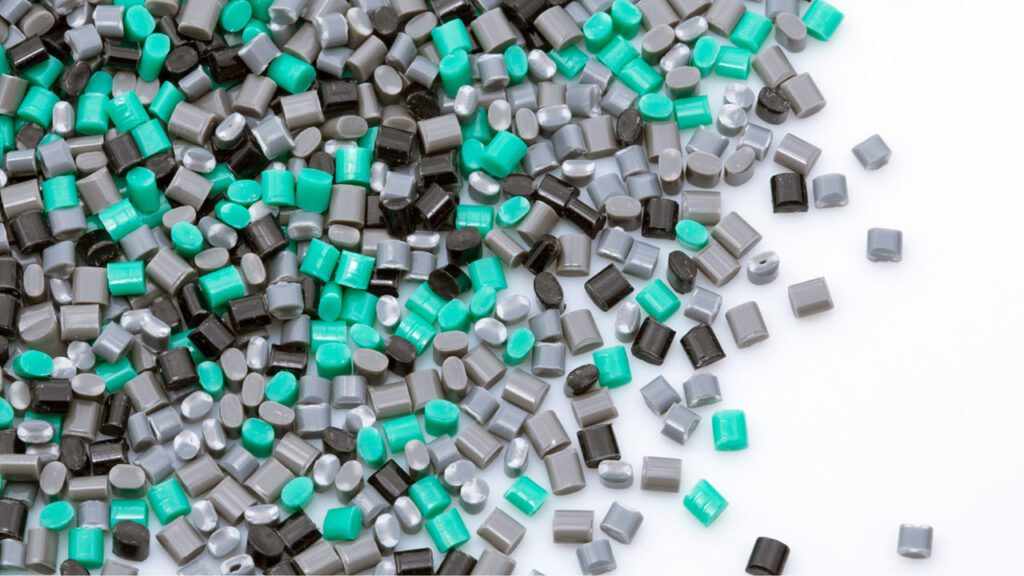
Metal roofing has revolutionized the construction industry, offering durability, sustainability, and aesthetic appeal that traditional roofing materials struggle to match. As businesses and homeowners increasingly prioritize long-term value and environmental responsibility, metal roofing has emerged as a leading choice in the building sector.
Understanding Metal Roofing Materials
Metal roofing comes in various materials, each with distinct characteristics and benefits. Steel remains the most common choice, available in galvanized and galvalume options, offering excellent durability and cost-effectiveness. Aluminum presents a lightweight alternative, naturally resistant to coastal salt-water corrosion. Copper and zinc, while premium options, provide unparalleled longevity and develop an attractive patina over time. Each material undergoes rigorous testing and treatment to ensure optimal performance under diverse weather conditions.
Cost Analysis and Return on Investment
While the initial investment in metal roofing typically exceeds traditional asphalt shingles, the long-term financial benefits are substantial. Metal roofs can last 40-70 years, significantly outlasting conventional roofing materials that require replacement every 15-20 years. The enhanced durability translates to reduced maintenance costs and fewer replacements over a building's lifetime. Insurance companies often offer premium discounts for metal roofs due to their superior fire resistance and ability to withstand extreme weather conditions, further improving the return on investment.
Environmental Impact and Sustainability
Metal roofing stands out as an environmentally conscious choice in construction. Most metal roofing products contain 25-95% recycled content and are 100% recyclable at the end of their life cycle. The reflective properties of metal roofs contribute to energy efficiency by reducing cooling costs in warm climates. Additionally, these roofs can be installed over existing roofing materials in many cases, reducing landfill waste and installation time.
Design Versatility and Aesthetic Appeal
Contemporary metal roofing transcends the industrial appearance often associated with traditional metal structures. Available in various styles, colors, and finishes, metal roofs can complement any architectural design, from modern commercial buildings to classic residential homes. Manufacturers offer options mimicking traditional materials like slate, tile, and wood shakes, while maintaining the superior performance of metal. The ability to customize appearance without compromising functionality makes metal roofing an attractive option for architects and designers.
Installation Considerations and Requirements
Professional installation is crucial for optimal metal roof performance. The process requires specialized knowledge and tools, as proper installation affects both performance and warranty coverage. Installers must understand factors such as thermal movement, appropriate fastening techniques, and proper ventilation requirements. While the installation cost may be higher than traditional roofing, the precision and expertise ensure long-term reliability and performance.
Weather Resistance and Performance
Metal roofing excels in extreme weather conditions, offering superior protection against high winds, heavy snow loads, and intense rainfall. Modern systems can withstand wind speeds exceeding 140 mph and feature interlocking panels that prevent water infiltration. The smooth surface allows snow and ice to slide off easily, reducing the risk of structural damage from accumulated weight. Additionally, metal roofs provide excellent protection against fire, earning Class A fire ratings in many cases.
Maintenance and Long-term Care
One of metal roofing's most attractive features is its minimal maintenance requirements. Regular inspections twice a year and basic cleaning typically suffice to maintain optimal performance. Unlike traditional materials, metal roofs resist mold, mildew, and insect infestation. The durability of the material means fewer repairs and replacements over time, reducing both maintenance costs and the inconvenience of frequent roofing work.
Energy Efficiency Benefits
Metal roofing contributes significantly to building energy efficiency. Cool roof coatings and reflective pigments can reflect up to 70% of solar radiation, reducing cooling costs by 10-25%. In winter, the material's ability to shed snow quickly helps maintain consistent indoor temperatures. Some systems can be integrated with solar panels without additional structural modifications, supporting renewable energy initiatives while maintaining roof integrity.
The metal roofing market continues to expand, driven by increasing awareness of its benefits and technological advancements in manufacturing. Industry reports project steady growth in both residential and commercial sectors, with particular strength in regions prone to severe weather conditions. Innovations in coating technology, installation methods, and design options continue to enhance the material's appeal to a broader market segment.
Warranty and Insurance Advantages
Manufacturers typically offer extensive warranties for metal roofing systems, often ranging from 30 to 50 years. These warranties frequently cover not only the material but also finish integrity, protecting against fading, chalking, and peeling. Many insurance companies.
Get More Insights - Metal Roofing
Get This Report in Japanese Language - 金属屋根
Get This Report in Korean Language - 금속 지붕
About Author:
Vaagisha brings over three years of expertise as a content editor in the market research domain. Originally a creative writer, she discovered her passion for editing, combining her flair for writing with a meticulous eye for detail. Her ability to craft and refine compelling content makes her an invaluable asset in delivering polished and engaging write-ups.
(LinkedIn: https://www.linkedin.com/in/vaagisha-singh-8080b91)




















Write a comment ...